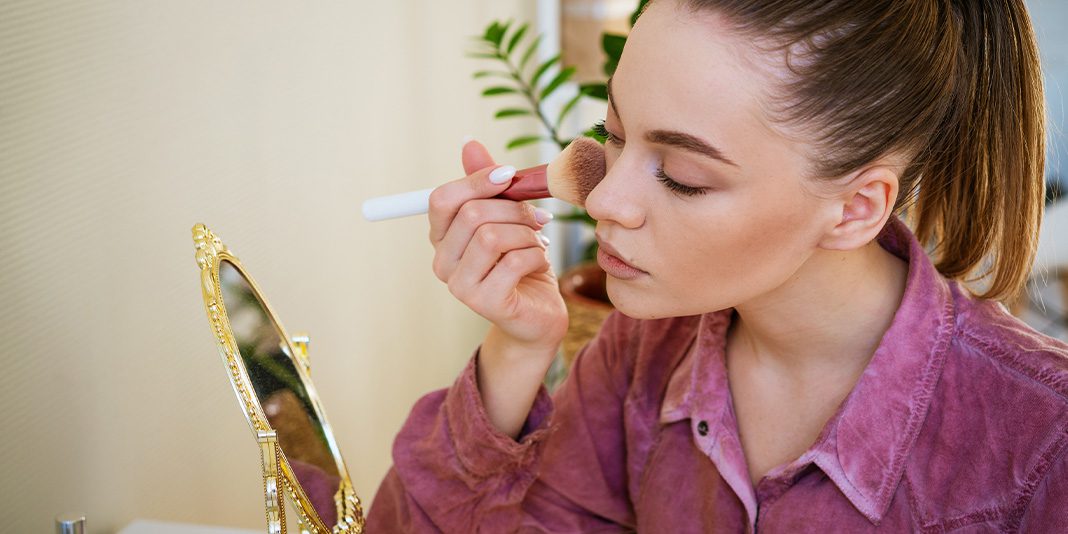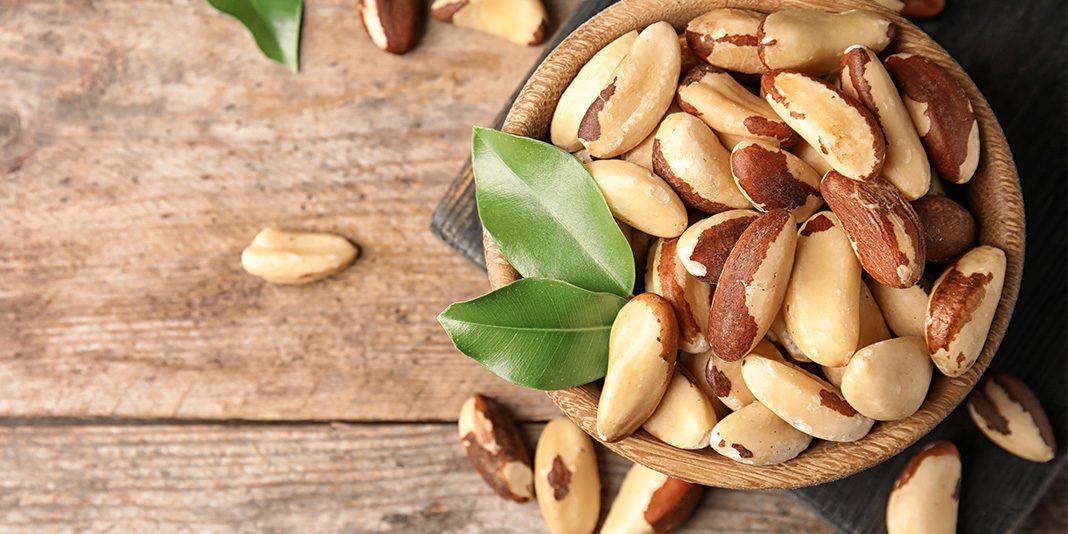Taking care of plants can take a lot of commitment, and different types of plants also require different care. If you want to repot one of your plants, you need to be careful you follow these steps to ensure you don’t damage or kill them.
1. Select The Correct Pot
When repotting a plant, you don’t always have to move it to a bigger pot. You may just need to refresh your plant’s potting mix to provide it with new nutrients. If your plant is outgrowing its current pot though and needs a new one, go for one that’s only slightly bigger. If you pick a too-big container, you could potentially overwater your plant and cause root rot, which is the most common plant killer! You should repot your plant in a plastic grow pot before placing it into your decorative container, this helps to provide proper drainage.
2. Invest In The Right Soil
When it comes to selecting the right soil, it is recommended you opt for one that consists of coarse-fibered peat moss (70%) combined with a high percentage of perlite (30%). You can easily buy bags of soil online or visit your local home supply store and ask for help if needed.
3. Loosen Up The Roots
Once you’ve got everything required to repot your plant, you need to start inspecting and loosening up the plant’s roots. You can do this by gently untangling them with your fingers. Start at the bottom and carefully work your way to the sides. If your plant is super root-bound with a right root ball, you might need to use a clean knife. Make a few small cuts on the plant’s bottoms{title}: {content-200}… Read more at: {link} {hashtags} and sides to allow you to loosen up the roots.
4. Put Your Plant in its New Home
Once you’ve loosened the plant’s roots, you should fill your plant pot to the base with fresh potting soil. Place the root ball on top in the center. You must ensure the root ball’s surface is below the rim, so it is covered with enough soil. Once correctly positioned in its new pot, gently place more soil over and around the roots leaving them with enough room to move and grow. Finish by lightly watering the plant and give it a week before you water it again, so it has time to adjust.




































